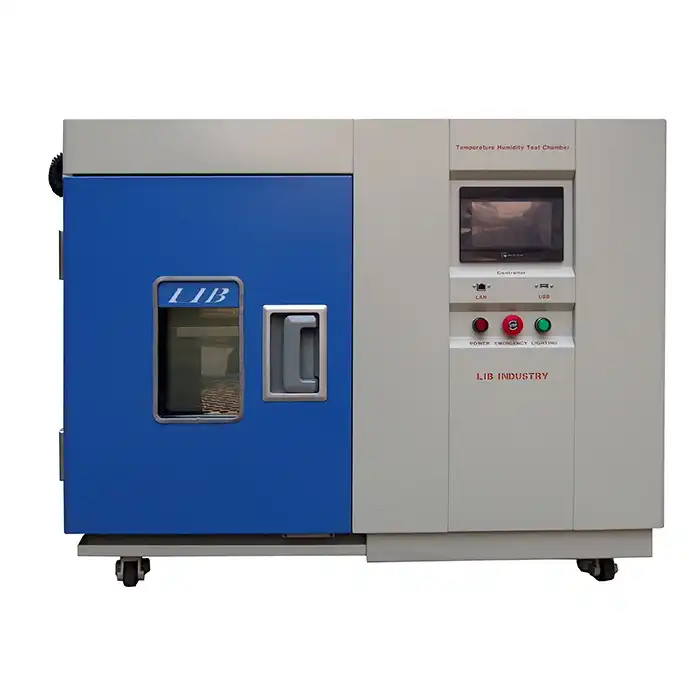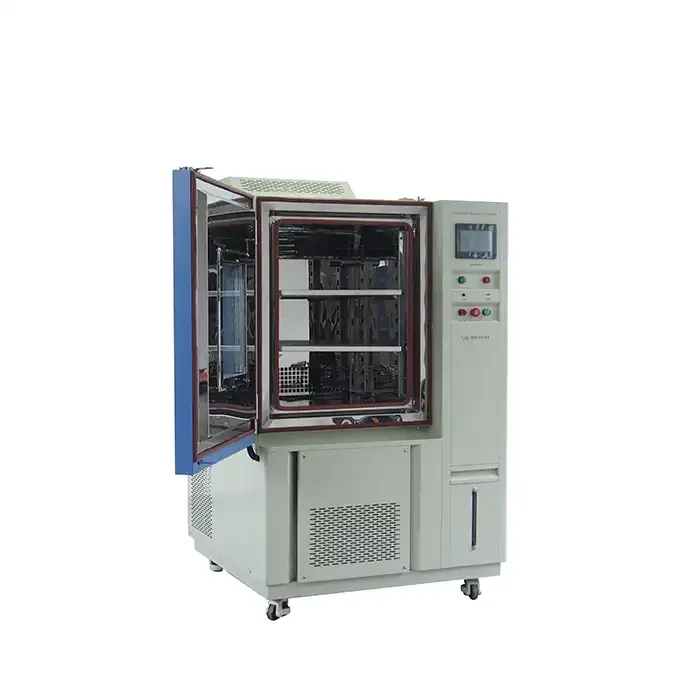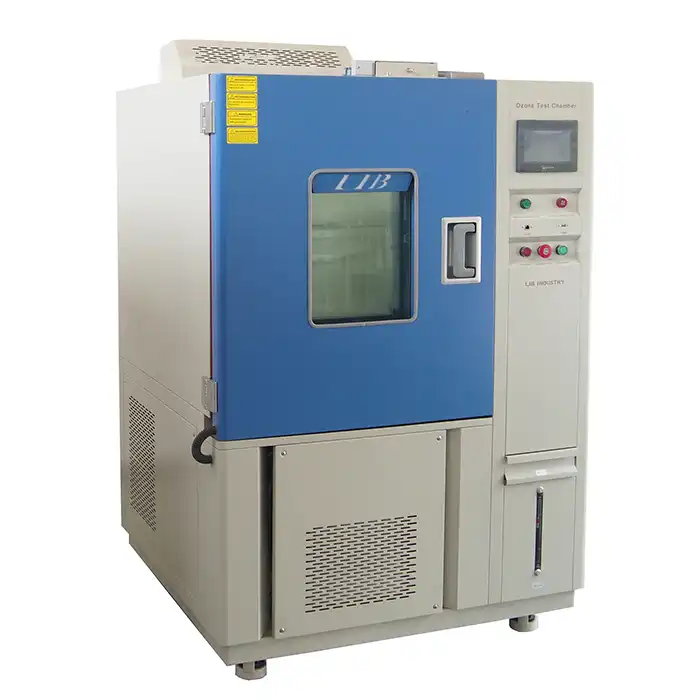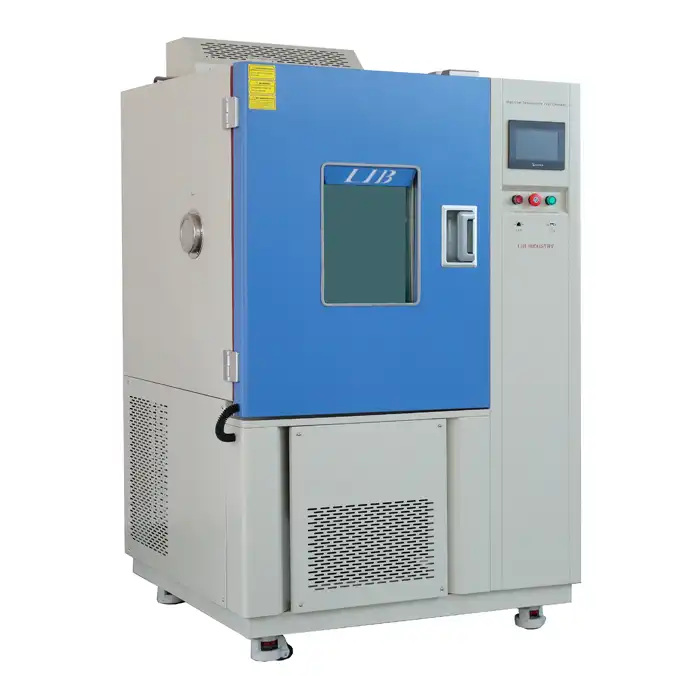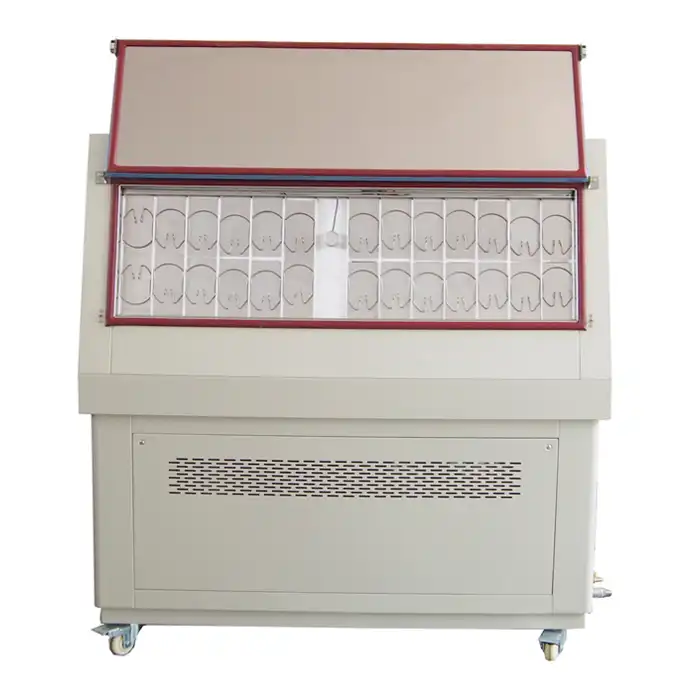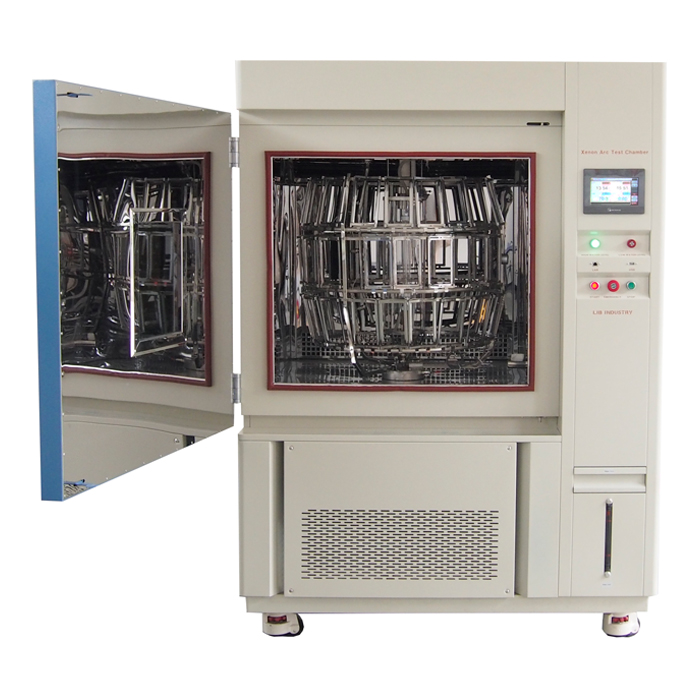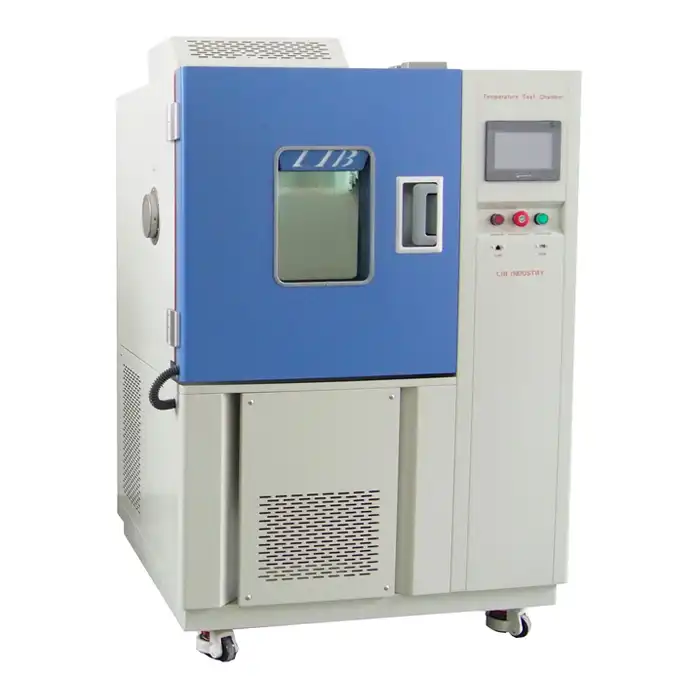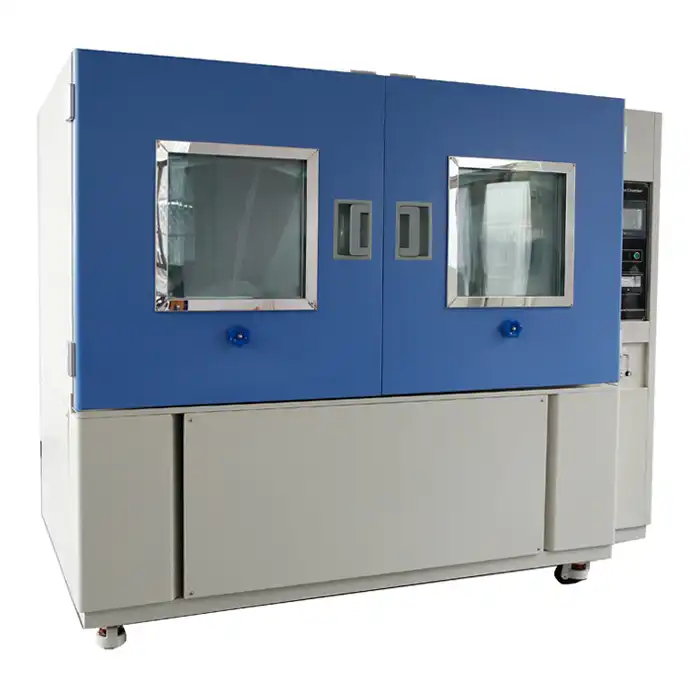Understanding Accelerated Shelf Life Testing: The Essential Equipment Explained
One technique that helps manufacturers predict product durability is accelerated shelf life testing. By using accelerated shelf life testing equipment to simulate the conditions a product may experience over a period of time, this testing method enables companies to estimate shelf life faster than real-time testing.
What is Accelerated Shelf Life Testing?
Accelerated shelf life testing is a method used to estimate the lifespan of products by exposing them to exaggerated environmental conditions. This testing is essential for industries like food, pharmaceuticals, cosmetics, and packaging, where product stability is vital. Simulating high temperatures, humidity, and other stressors helps manufacturers understand how a product will perform over time, enabling them to make informed decisions about formulation, packaging, and storage.
Key Components of Accelerated Shelf Life Testing Equipment
Accelerated shelf life testing equipment comprises several critical components that work together to simulate real-world conditions. The most important elements include:
- Temperature Control: Temperature fluctuations dramatically affect product stability. Accurate temperature regulation is necessary to mimic conditions a product might face during storage or transport.
- Humidity Control: Humidity can lead to moisture absorption, spoilage, or degradation in many products. Equipment must maintain precise humidity levels to simulate different environments.
- UV Light Exposure: For products exposed to sunlight, UV degradation is an essential factor. Testing equipment often includes UV light sources to replicate long-term exposure to sunlight.
- Pressure and Altitude Simulation: For products shipped globally, pressure and altitude conditions can impact product integrity. Equipment designed for accelerated shelf life testing can simulate these factors as well.
The Science Behind Accelerated Aging
Accelerated aging is rooted in the principles of physical and chemical kinetics. The goal is to speed up the natural aging process by applying extreme environmental stressors, such as increased temperature, humidity, and UV light exposure. According to the Arrhenius equation, chemical reaction rates double with every 10 °C increase in temperature, making it a valuable model for predicting how products will behave under different environmental conditions.
For example, if a food product typically lasts six months at room temperature, it might be tested at a higher temperature to simulate six months' worth of aging within just a few weeks. The same approach applies to pharmaceutical products, electronics, and packaging materials. It's crucial to ensure that the conditions are calibrated correctly so that the accelerated results can be accurately extrapolated to real-world scenarios.
Setting Up and Operating Accelerated Shelf Life Testing Equipment
To ensure accurate results, setting up and operating accelerated shelf life testing equipment requires precision and attention to detail. Here are some steps manufacturers need to take:
- Calibration: Equipment must be routinely calibrated to ensure that temperature, humidity, and other environmental factors are being consistently applied. Calibration ensures that the test conditions match the required standards for each product.
- Defining Test Parameters: Before beginning the test, the manufacturer must define the desired testing parameters. This might include setting the temperature to 40°C, humidity to 75%, and UV exposure to a specific level. Each of these conditions is determined based on the product's expected real-life environment.
- Running the Test: Once the parameters are set, the product is placed in the chamber, and the test begins. Depending on the product and desired results, the test can last anywhere from days to weeks.
- Data Analysis: Throughout the testing process, data is collected on how the product reacts to the accelerated conditions. This data is analyzed to predict the product’s shelf life under normal conditions, providing valuable insights into its longevity and performance.
For instance, a pharmaceutical company might simulate two years of shelf life in just six months by increasing the temperature and humidity inside the chamber. By monitoring the degradation of active ingredients, the company can determine how long the product will remain effective under typical storage conditions.
LIB Accelerated Shelf Life Testing Equipment
LIB Industry offers state-of-the-art accelerated shelf life testing equipment, designed to meet the rigorous demands of global manufacturers. Some key advantages of LIB's accelerated shelf life testing equipment include:
- Wide Temperature and Humidity Range: LIB chambers provide an extensive range of temperature and humidity settings, allowing you to simulate a broad spectrum of environmental conditions.
- Advanced Control Systems: Our equipment features user-friendly control interfaces, enabling precise adjustments and real-time monitoring of test conditions.
- Durability and Reliability: Built with high-quality materials, LIB chambers are designed for long-term use, ensuring consistent performance and reliable results.
- Customization: We understand that every product has different testing requirements. That’s why LIB offers customizable equipment tailored to your specific needs, ensuring optimal testing conditions for your products.
- Energy Efficiency: Our chambers are designed to minimize energy consumption, which not only reduces operational costs but also contributes to a more environmentally friendly testing process.
For more information about our accelerated shelf life testing equipment and how it can benefit your business, contact us today at ellen@lib-industry.com.
References
1. Labuza, T. P., & Schmidl, M. K. (1985). Accelerated shelf life testing of foods. Journal of Food Science.
2. Saguy, I. S., & Karel, M. (1980). Modeling of quality deterioration during accelerated storage testing of sensitive foods. Journal of Food Process Engineering.
3. Waterman, K. C., & Adami, R. C. (2005). Accelerated aging: Prediction of chemical stability of pharmaceuticals. International Journal of Pharmaceutics.
4. Whitaker, J. R., & Tannenbaum, S. R. (1977). Food Chemistry: A Laboratory Manual.



